Inspired by the Caribbean
Inspired by the Caribbean
Figueredo
February 25, 2015
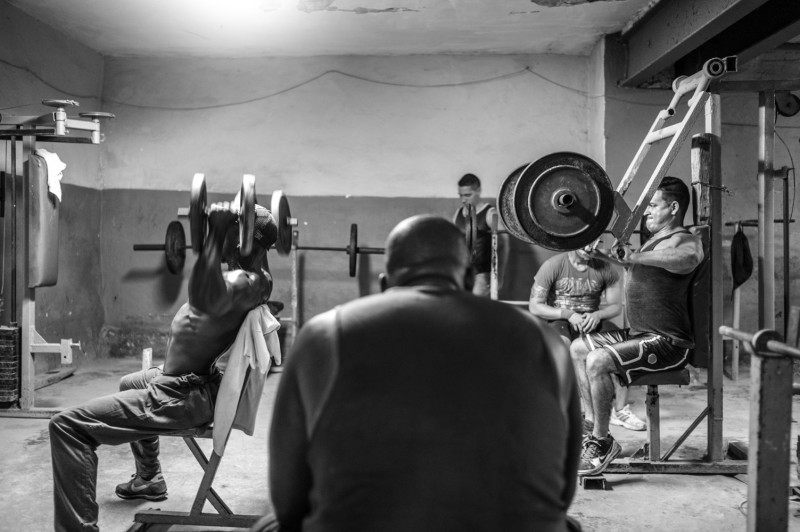
© Volker Figueredo Véliz
Born in Zweibrücken in 1953, Véliz is a self-taught photographer. After training in business, he worked for IBM Germany as IT sales representative and specialist for storage solutions for 37 years. After an intense exploration of the possibilities of analogue and digital photography, he now works exclusively with a Leica M9-P and Summicron-M 35 mm f/2 Asph.
You are German, but spend half the year in Cuba. What is the appeal?
Cuba is a great country! It’s always summer here and most people are very friendly and open when you approach them. I always wanted to live in a country where the sun shines constantly; but I could never have imaged that one day it would be Cuba. I’ve been travelling around Cuba for the last ten years, was married to a Cuban woman, and have come to know the country fairly well. I always was a passionate photographer, but at some point I was under the impression that I'd taken enough pictures of Cuba. That gave rise to looking at it from a completely different perspective and to exploring subjects outside the mainstream.
One of the subjects you found is the Cuban body-building scene. What moved you to take on this theme? What was the content aspect and what were the photographic challenges?
For the last year I’ve been living in Cuba most of the time, exploring the city on foot. As I wander around, I always discover new motifs and places where no tourists have been seen before me. The fact that I chose the Cuban body-building scene was more a matter of chance. I had discovered a 60 year-old Harley-Davidson in a parking lot and, whilst I was admiring it, I saw a number of muscle-packed men walk by and down into a cellar to train.
The photographic challenges were the rustic setting and the variable light sources. I never use a flash, only available light. This, of course, means that some of the photos have a certain unfocussed movement in them; but precisely this lack of perfection suits the, for our eyes, unusual setting. They often train on equipment they have soldered together themselves, set up on packed earth floors. A stairway leads up to the ceiling and ends there.
Later on, when I looked at them, one of the pictures reminded me of the US Force’s torture chamber in Abu Ghuraib near Bagdad. That was how I came up with the name Cámara de Tortura – Torture Chamber.
When you take pictures you do so exclusively with a Leica M9-P and just one lens, the Summicron-M 35 mm. This focal length requires that you get up close to your protagonists. Is it challenging or appealing?
The 35mm focal length is ideal if you want to take lively pictures of people. Of course, this also means that you have to know how to approach them. For myself, it’s definitely not a difficulty I have to overcome – I would describe it as rather like a game. Understandably, it is an advantage when you can speak the language.
There are three things that help me get the pictures: first of all, Cubans like to flirt and to have their photograph taken. Secondly, I’ve managed to learn the ‘language of the streets’ in Havana, and I use it with charm to gain people’s trust. People like to hear my story; after all, how many extranjeros have picked up a Cuban hitch-hiker and married her three months later. And, don’t forget, I’ve been taking pictures for over three decades and I master my tool – the Leica M.
I often see tourists with their enormous zoom lenses, photographing the musicians at the Malecon from across the street. Of course, you can do that, but that’s not the kinds of pictures I want to take.
You want to offer workshops in Cuba in the near future. What exactly are you planning?
I’m planning to do it with a German agency whose owner has lived in Cuba for twelve years and who organizes trips around the country. I’ll offer two types of workshops: one will be the Havana Street Life Workshop, and the other the Vintage Cuba Photo Tour.
For the street life workshop, I have in mind all M photographers who maybe already know Cuba, but who now want to take different kinds of pictures, and who’re interested in looking into the type of photography I do. To some degree this workshop has been developed around the Leica M. It shows participants how, from my perspective, they can get the best out of their camera. I always say that the Leica M forces photographers to take different – in other words, better – pictures. I want the participants to learn what exactly I mean by that.
The photo tour has been designed for photographers who don’t know Cuba. We leave Havana to visit other great places like Trinidad and Vallé de Vinales. This trip is directed primarily towards the new US market. We can assume that there will be a great desire to catch up because, after all, Americans haven’t been able to travel to Cuba for the last half century. The target group is photographers who are looking for an exclusive, luxurious Cuba experience.
Both offers are fully organized – nothing is left to chance. Even so, participants also have enough room to discover Cuba on their own steam.
Further information available as of March 2015 at www.figueredophotoshavana.com.
Figueredo+-
Insights and stories from a personal perspective: the German photographer, Volker Figueredo Véliz (born 1953) has come to know and love the Caribbean island – not just as a holiday-maker, but by spending a large part of his life in Havana. Equipped with a Leica, he has photographed moments that are typical for Cuba, yet rarely seen by tourists and visitors. Through his family connections – he is married to a Cuban – it was much easier for him to gain the trust of people. This gave him access to a world behind the scenes of the vacation destination, and wllowed him to capture scenes from people's everyday lives, and the lives of their friends. The photographer opted very deliberately for black and white imagery, which may well be one of the reasons the powerful portraits are not easily forgotten. More

© Volker Figueredo Véliz
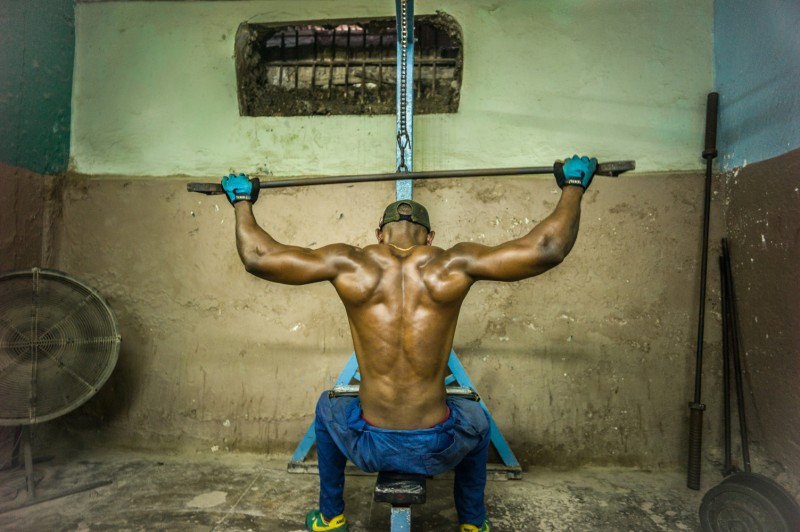
© Volker Figueredo Véliz
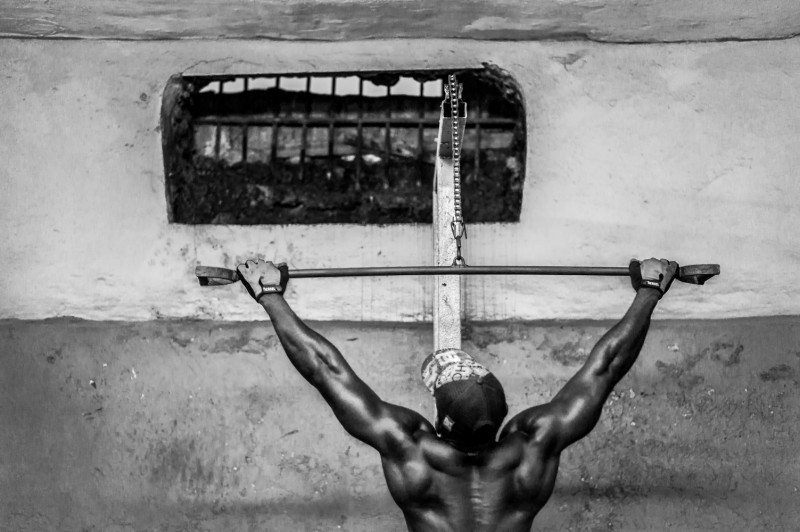
© Volker Figueredo Véliz

© Volker Figueredo Véliz
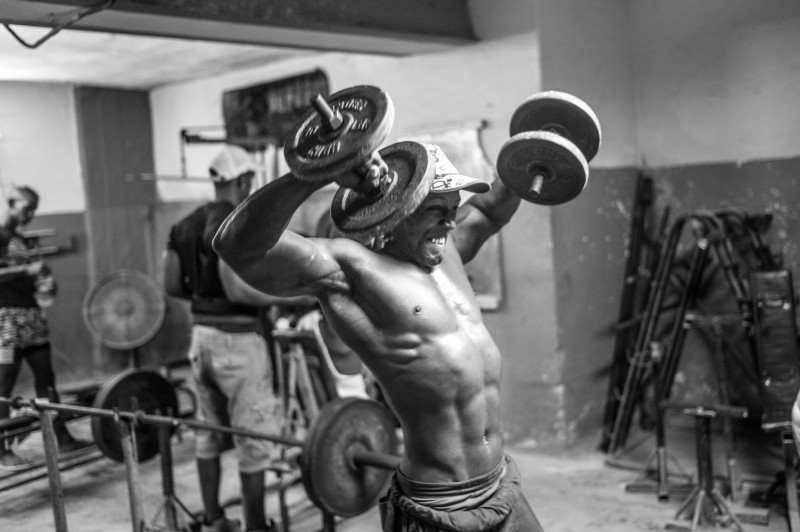
© Volker Figueredo Véliz
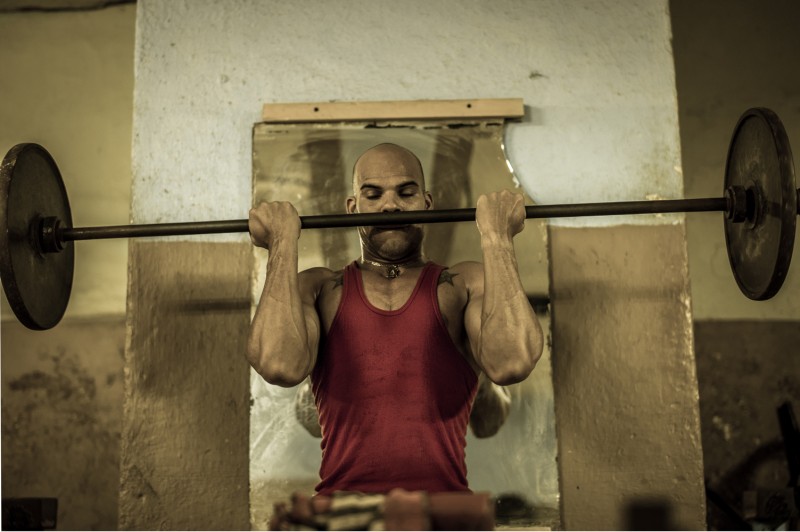
© Volker Figueredo Véliz